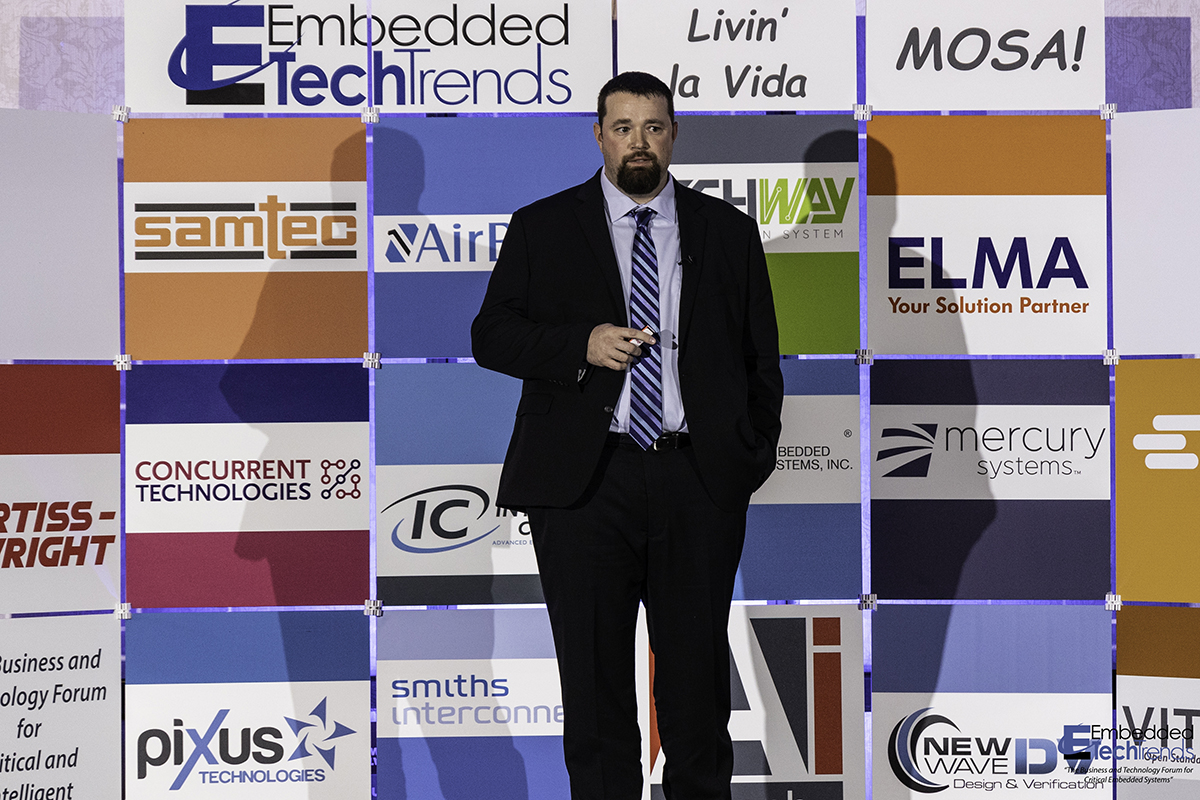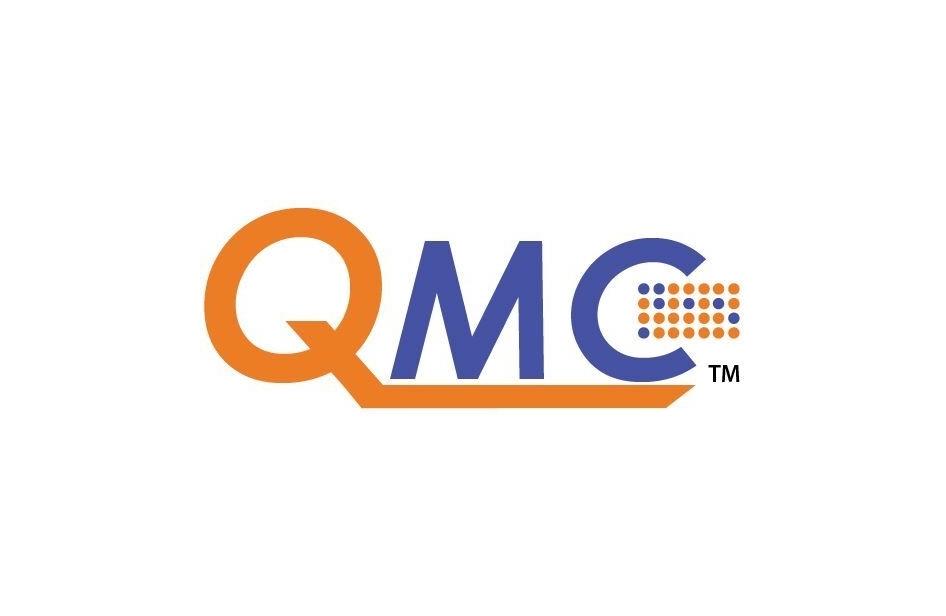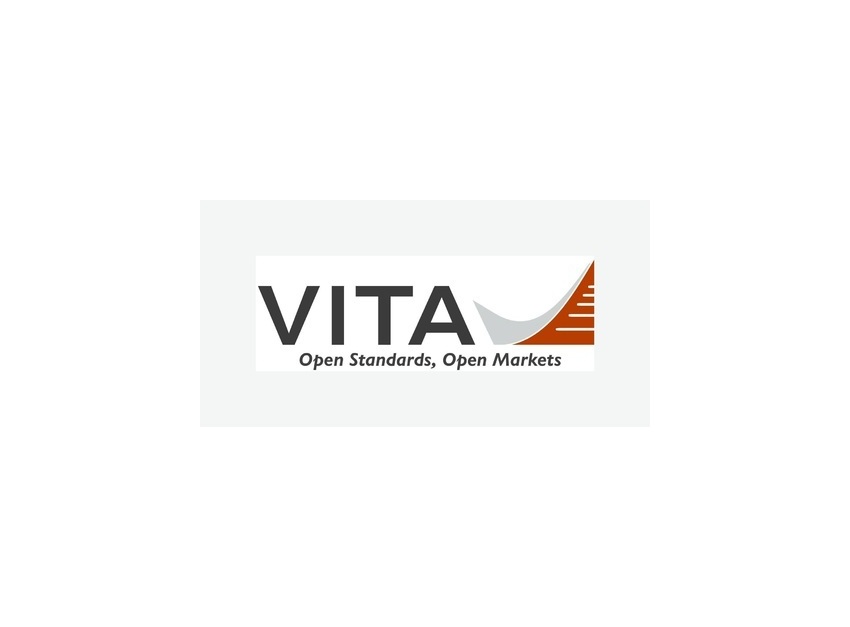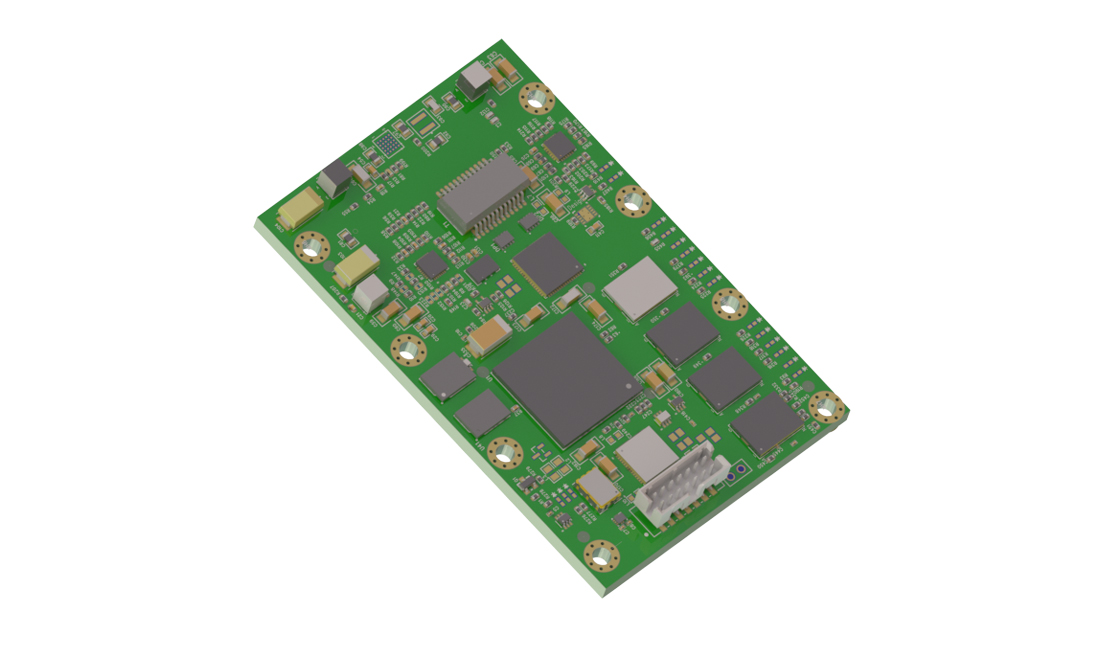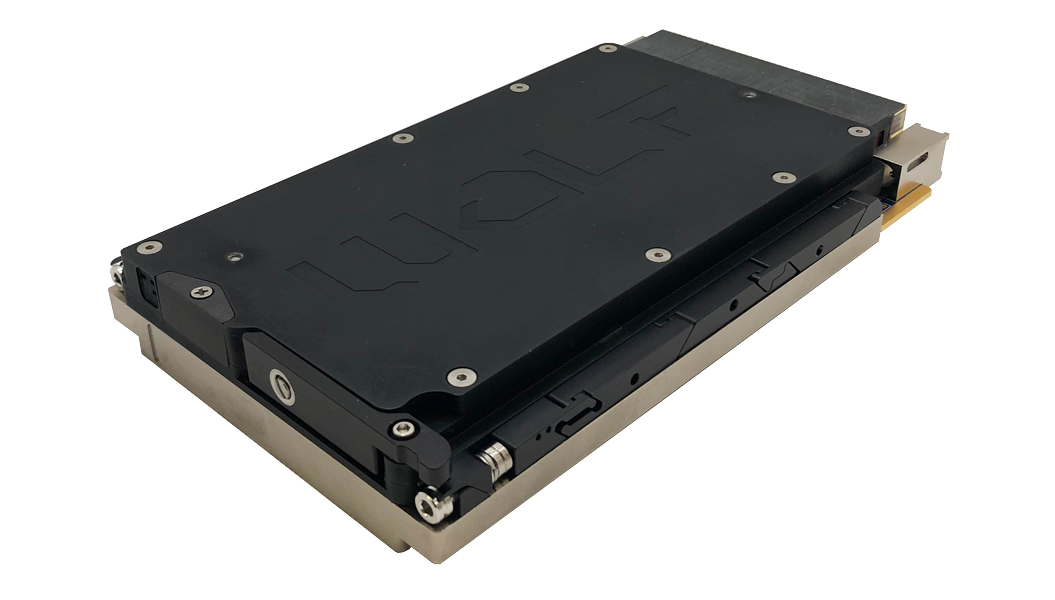Ecosystems for various mezzanine form factors exist at various levels, making some more popular than others. Companies still continue to develop proprietary mezzanines to meet specific requirements, and this is expected to continue as long as board-level components exist.
Fortunately, the members of VITA recognized the need for mezzanine standards early in the emerging board industry. By the late 1980s, discussions started to standardize a few different mezzanine form factors. First to emerge were S-bus and PCI Mezzanine Cards (PMCs). S-bus was driven by Sun Microsystems while the PMC form factor evolved out of an IEEE effort. While neither was a VITA standard, PMC went on to become a widely used mezzanine for 6U cards for VME, VPX, CompactPCI, and other form factors.
The first mezzanine standard to go through the VITA/ANSI process was the IndustryPack. Developed by GreenSpring Computers, it was chosen by the Motorola Computer Group as the expansion mezzanine for its MVME162 SBC. The move to make IndustryPacks a standard was joined by Acromag and the VITA 4 IP Module effort was launched. Since then, no fewer than eight mezzanine standards have gone through the VITA/ANSI process to become accredited specifications.
Today, most carrier boards use one of the XMC-type modules. While IP Modules and M-Modules still remain, new designs using them are not common. The widespread us of switched fabrics makes XMC the most popular module for use on many new products.
Further work continues on new specifications as the needs of the industry change and technology advances. The perfect mezzanine remains ever elusive!

